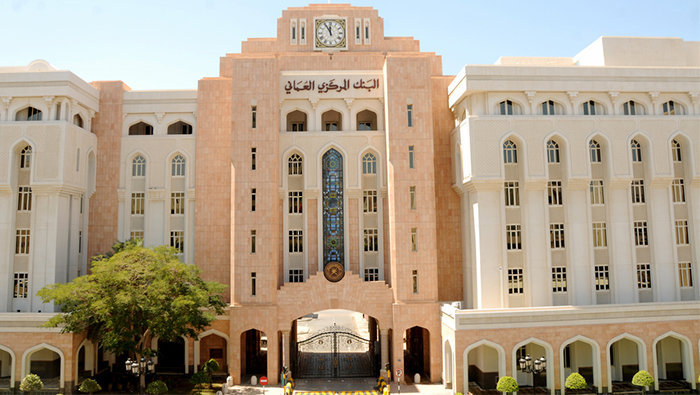The Central Bank of Oman (CBO) recently raised OMR45 million through the allotment of treasury bills. The Treasury bills had a total value of RO 5.9 million with a maturity period of 28 days. The average accepted price for every RO 100 was RO 99.656, with a minimum accepted price of RO 99.655 per RO 100. The average discount rate and average yield were 4.48627% and 4.50177%, respectively. Additionally, treasury bills valued at RO 39.1 million were allotted for a maturity period of 91 days. The average accepted price for every RO 100 was RO 98.838, with a minimum accepted price of RO 98.835 per RO 100. The average discount rate and average yield were 4.66198% and 4.71680%, respectively.
Treasury Bills are short-term highly secured financial instruments issued by the Ministry of Finance. They provide licensed commercial banks with the opportunity to invest their surplus funds. The Central Bank of Oman (CBO) acts as the Issue Manager and provides added advantage of ready liquidity through discounting and repurchase facilities (Repo). It’s worth noting that the interest rate on the Repo operations with CBO is 5.50%, while the discount rate on the Treasury Bills Discounting Facility with CBO is 6.00%. Treasury Bills play a crucial role in promoting the local money market by creating a benchmark yield curve for short-term interest rates. The Government may also utilize this instrument whenever it deems necessary for financing its recurrent expenditures.
The successful allotment of treasury bills by the Central Bank of Oman reflects the strong demand for short-term highly secured financial instruments in the market. The competitive pricing and attractive discount rates offered by the CBO have attracted investors looking for safe investment options. The high participation in the allotment process indicates confidence in the stability of the Omani economy and the effectiveness of the CBO’s monetary policies. Investors see treasury bills as a reliable and profitable avenue for investing their surplus funds while also contributing to the development of the local money market.
The maturity periods of 28 days and 91 days for the treasury bills provide investors with flexibility in managing their short-term investment portfolios. The varying discount rates and yields for the different maturity periods allow investors to diversify their investments and optimize returns based on market conditions. The issuance of treasury bills by the Ministry of Finance also indicates the Government’s proactive approach towards managing its finances and ensuring liquidity in the financial system. By utilizing treasury bills, the Government can effectively meet its short-term financing needs while supporting the development of the local money market.
The Central Bank of Oman’s role as the Issue Manager for treasury bills highlights its importance in maintaining financial stability and facilitating the efficient functioning of the money market. The CBO’s discounting and repurchase facilities enable commercial banks to access liquidity easily, thereby ensuring smooth operations in the financial system. The competitive interest rates and discount rates offered by the CBO enhance the attractiveness of treasury bills as a viable investment option for investors seeking secure and profitable opportunities. Overall, the successful allotment of treasury bills by the CBO reflects a positive outlook for the Omani economy and the financial market, signaling robust growth and stability in the coming period.
In conclusion, the allotment of treasury bills by the Central Bank of Oman underscores the importance of short-term highly secured financial instruments in the market. The competitive pricing, attractive discount rates, and flexible maturity periods offered by the CBO have generated significant interest among investors looking for safe investment options. The successful participation in the allotment process reflects confidence in the stability of the Omani economy and the effectiveness of the CBO’s monetary policies. Treasury bills play a pivotal role in promoting the local money market and supporting the Government’s financing needs, while also providing investors with a reliable avenue for investing their surplus funds and optimizing returns.










